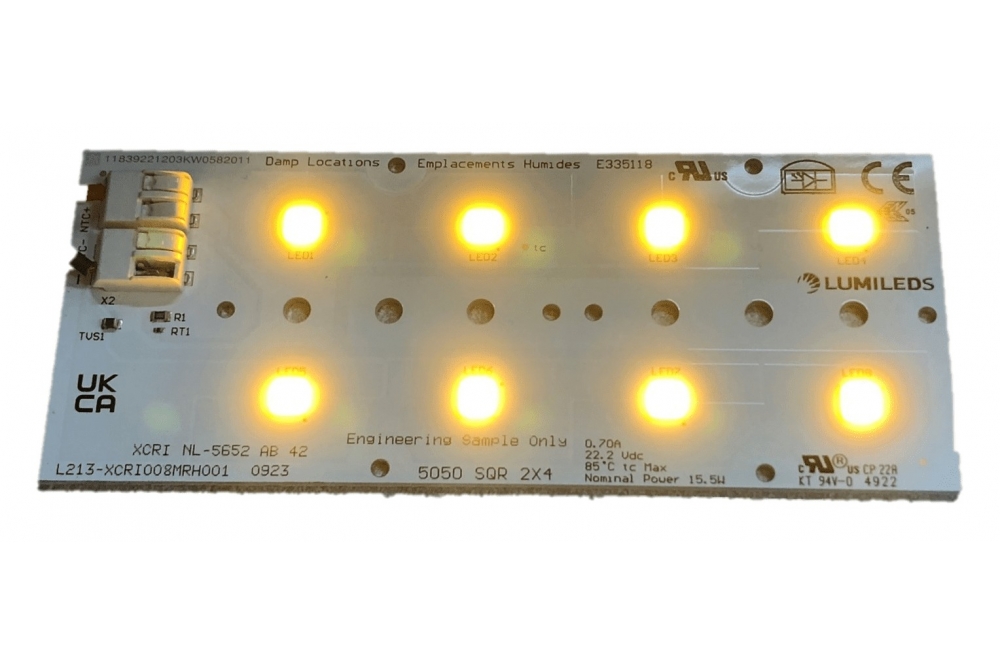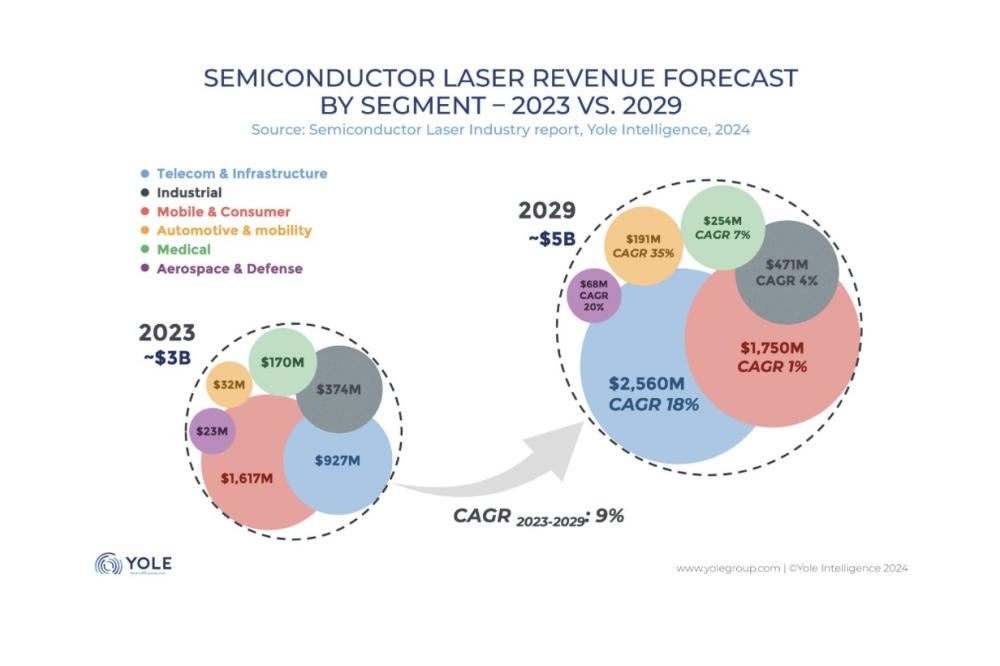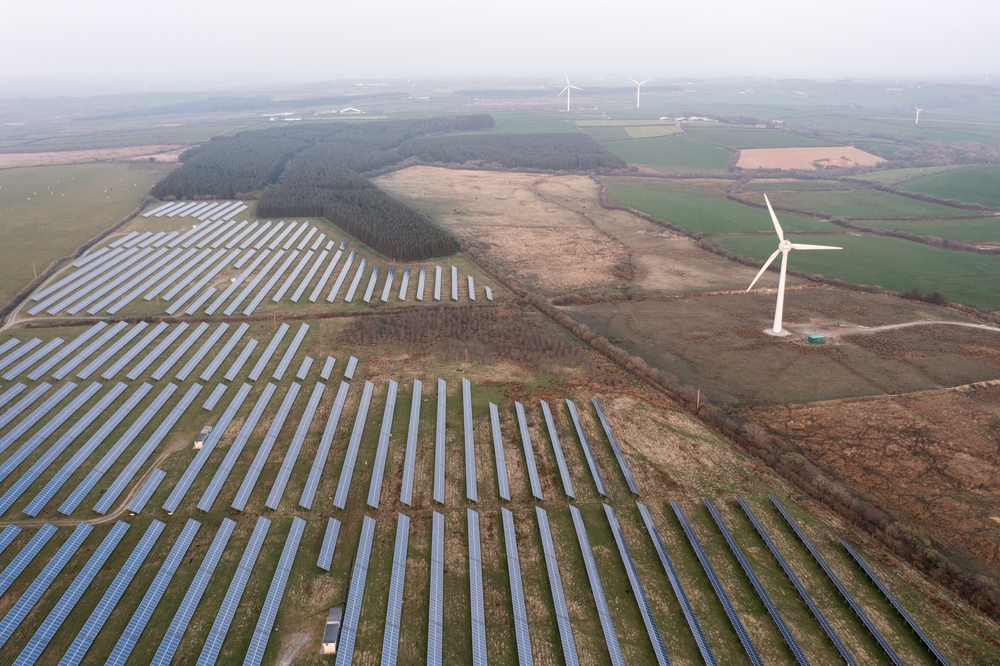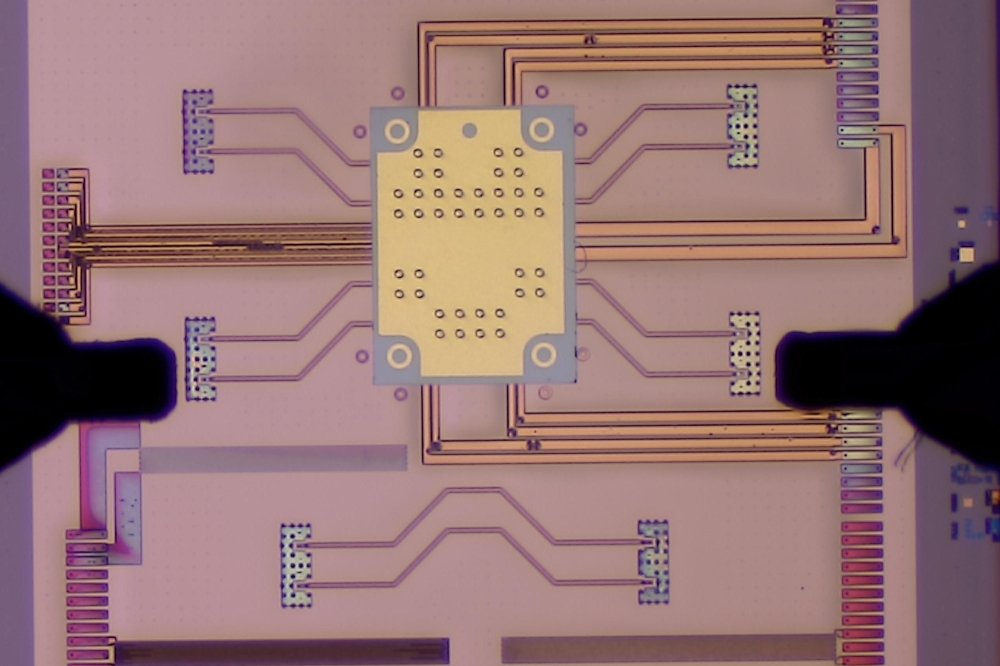Lumileds cuts LED blue light to less than 2%

Nightscape technology is designed to meet new outdoor lighting standards
Lumileds has announced NightScape technology, which has blue light content at levels below 2 percent.
Scientific studies have shown that high levels of blue light content disrupts the human circadian rhythm at night and adversely affects wildlife, such as birds, insects, and turtles. Across the globe blue light content contributes to the brightening of the night sky.
“It is within our innovation and engineering capabilities to solve real problems with LED technology and improve the lit environment,” said Willem Sillevis-Smitt, Lumileds senior director of business development.
“Too often our collective behaviour is to ask how we can adjust our lighting solutions to the LEDs available. What we did instead was ask how we can address this real-world lighting problem. In this case, the potential negative impacts of blue light content are compelling. We challenged our engineers and scientists to create high-quality white light with lower blue content that could improve the night-time environment for everyone and everything.”
NightScape Technology will first be available in Lumileds Luxeon 3030 HE Plus and 5050 Square LEDs with a CCT of 1900K and blue light content of just 1.8 percent in the 400-500 nanometer range of the visible light spectrum. These outdoor proven emitters are widely used around the world for outdoor lighting including streetlights, pedestrian, landscape, and similar applications.
Lumileds says that physical dimensions and optical radiation patterns of the Luxeon 3030 HE Plus and Luxeon 5050 Square LEDs are identical to the existing parts in each portfolio. Any luminaire using either of these products or potentially from other manufacturers can quickly and easily adopt NightScape technology and produce a more environmentally friendly solution.
Wildlife, such as birds, turtles, and even insects, are susceptible to the impacts of artificial light at night on their migration, mating, and nocturnal activities. Outdoor lighting regulations are being rewritten and updated to provide some wildlife protection. Maui County in Hawaii has a new ordinance that took effect on July 1, 2023. This ordinance requires that “All outdoor lighting fixtures, except for neon, must limit short wavelength content to no more than 2 percent of blue light content.” Outdoor fixtures using LEDs with Lumileds NightScape technology will easily fall below the 2 percent requirement.
“With NightScape Technology, Lumileds is the first to launch a light source that is dedicated to addressing light pollution while still offering functional, long-lasting, and efficient illumination.” Willem Sillevis-Smitt
He added: “I believe that NightScape technology is the first light source to purposely address the problem of light pollution and at the same time deliver good quality, functional lighting. It’s critical that the lighting industry proactively address the impact of outdoor lighting on the environment. We’re excited to make it possible for luminaire manufacturers to reduce the impact on wildlife and dark skies.”
The amount of blue light emitted by various light sources is often misunderstood. It is typically measured as the ratio of blue light between 400 and 500 nanometers to the total amount of visible light emitted from the source. The graph below shows blue light levels for different light sources that are commonly used at night. Incandescent bulbs are more commonly used in residential settings while HPS is used more commercially.































